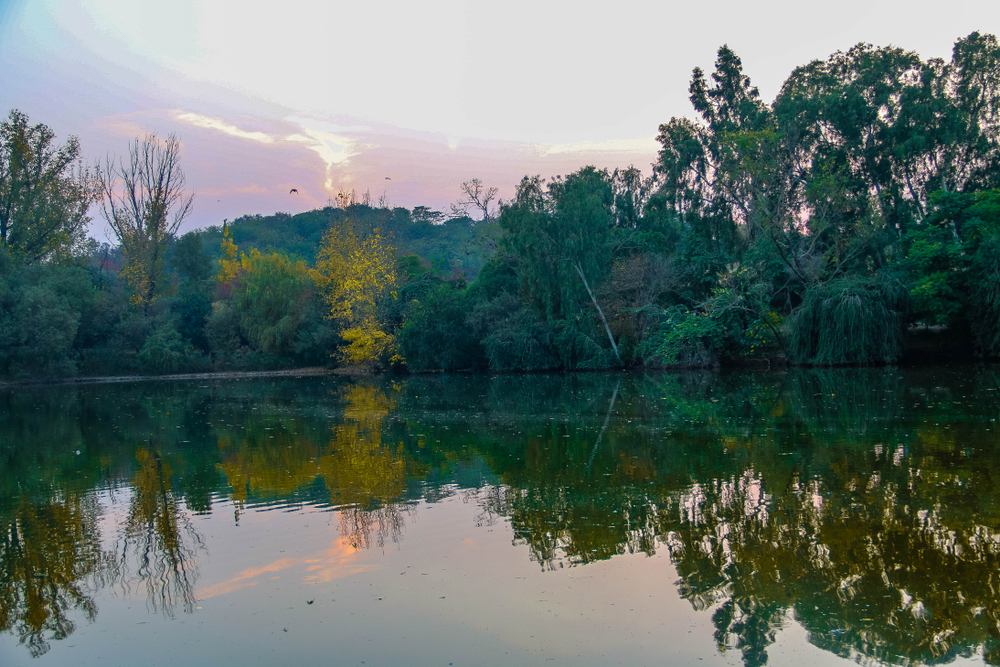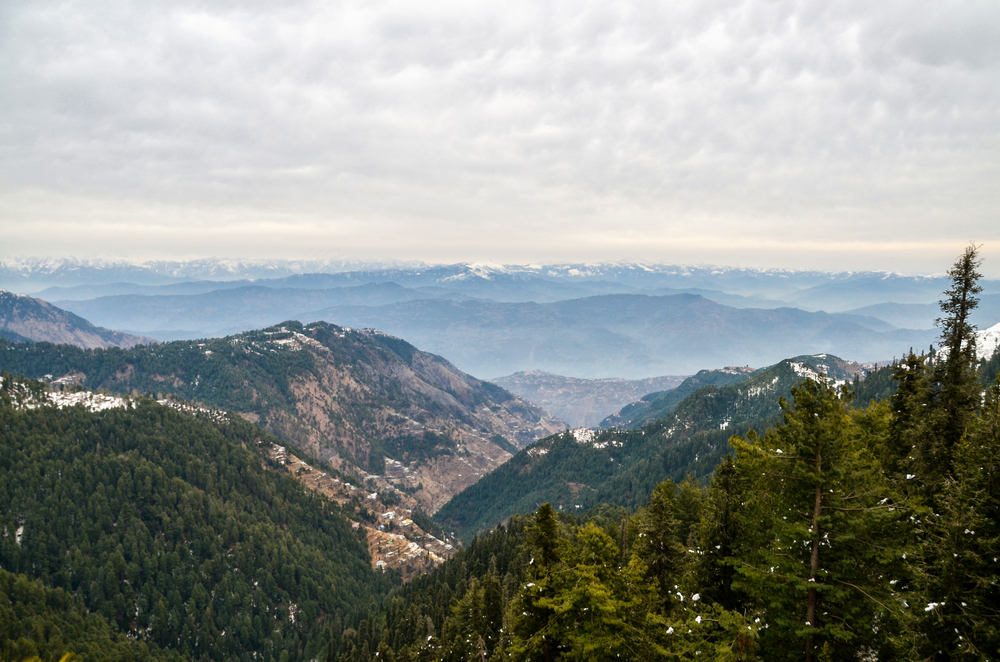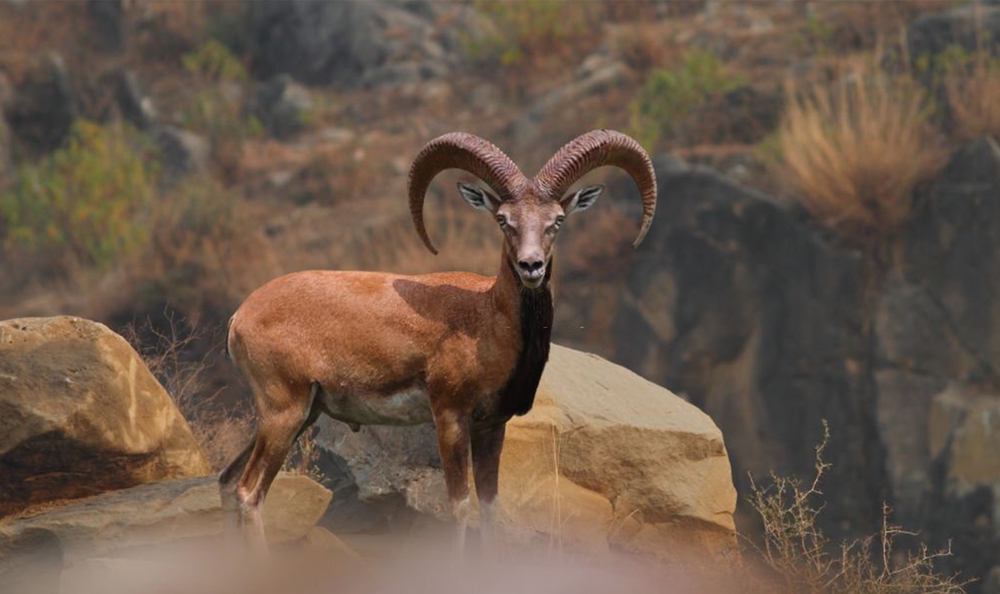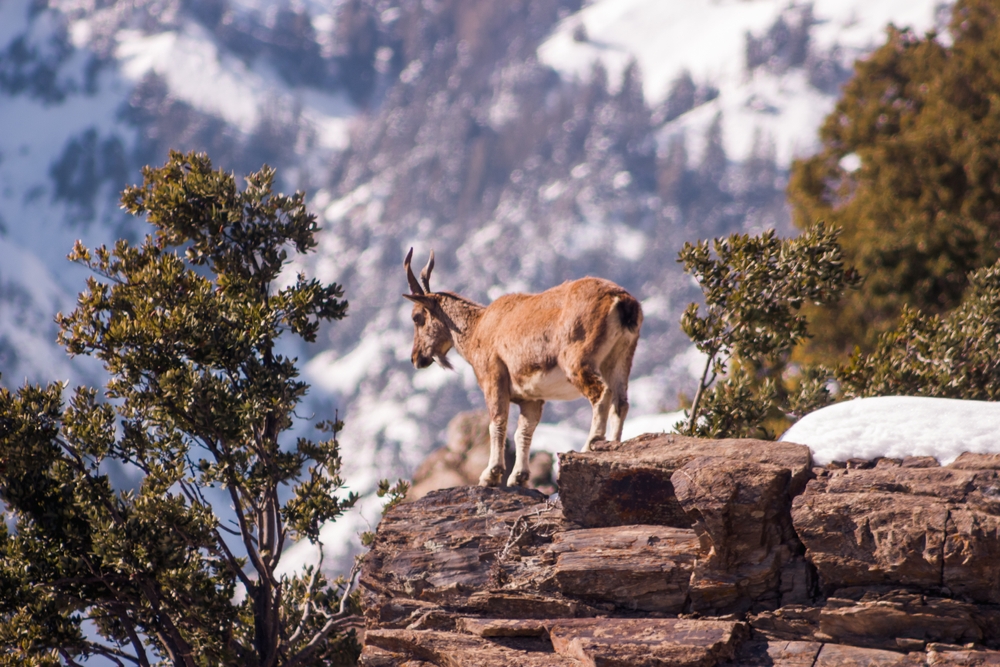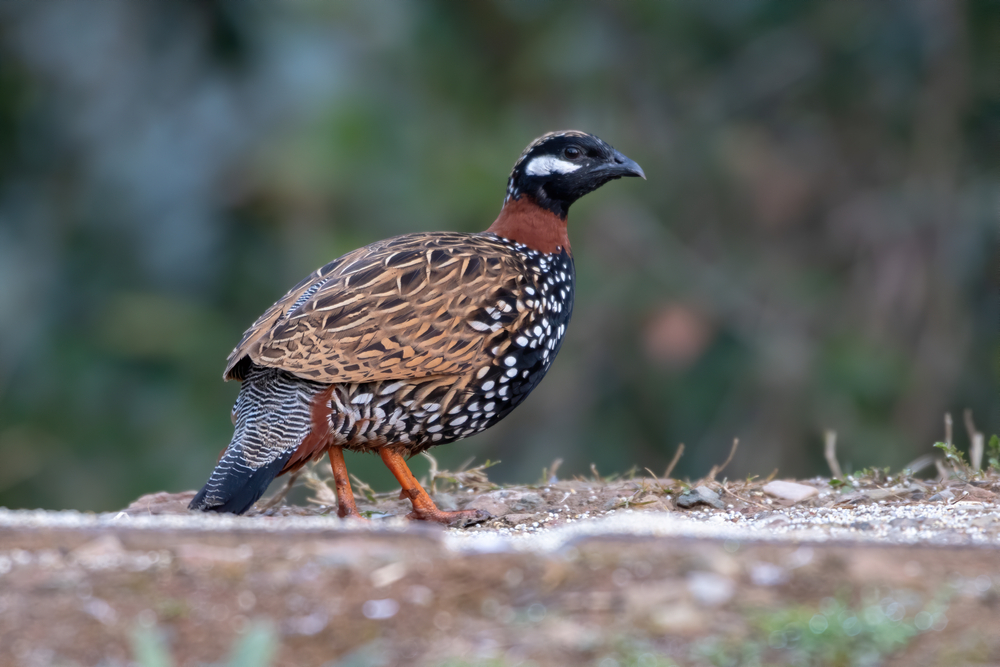Fairy Meadows Overview
Fairy Meadows National Park, known locally as Joot, is a breathtaking natural reserve in the Gilgit-Baltistan region of Pakistan. Covering approximately 270 square miles (700 square kilometers), the park is nestled at the base of Nanga Parbat, the world’s ninth-highest mountain.
This stunning alpine meadow sits at an elevation of about 3,300 meters (10,827 feet), offering awe-inspiring views of the Himalayan range. The park is a haven for adventure seekers, nature lovers, and photographers, as its landscapes feature lush green meadows, thick coniferous forests, and dramatic, snow-capped peaks.
The Raikot Glacier is another striking feature within the park, feeding the Indus River and shaping the surrounding valleys. During the summer, the meadows burst into a vibrant display of wildflowers, contrasting beautifully against the imposing white slopes of Nanga Parbat.
The park is home to a variety of wildlife, with some species well-adapted to the rugged terrain and high altitudes. Himalayan brown bears and Asiatic black bears roam the forests, while elusive snow leopards may be spotted by the lucky few. The park is also home to markhor, Pakistan’s national animal, alongside ibex, musk deer, and red foxes.
Birdwatchers can enjoy sightings of golden eagles, Himalayan monals, and peregrine falcons, making Fairy Meadows an ideal location for observing both resident and migratory birds. The biodiversity of the park is critical to its ecosystem, with many species depending on the preservation of its fragile environment.
Fairy Meadows is particularly famous for its panoramic views of Nanga Parbat, which attracts trekkers and climbers from around the world. The Fairy Meadows Trek is one of the most popular routes in Pakistan, leading visitors through dense pine forests and open meadows before revealing an uninterrupted view of the towering peak.
Many visitors stay in traditional log cabins or campsites, experiencing the park’s natural beauty under a starlit sky. The Beyal Camp trek offers an even closer view of Nanga Parbat’s majestic Rupal Face, one of the highest mountain walls in the world. Other key attractions include Raikot Bridge and the Tattu Village, a small settlement where travelers can experience local hospitality and culture.
Visitors engage with the park through trekking, camping, photography, and stargazing, as the remote location provides some of the clearest night skies. The lack of light pollution allows for an incredible view of the Milky Way, making Fairy Meadows a prime location for astrophotography.
Adventure enthusiasts can also explore nearby glaciers and high-altitude lakes, while those looking for a more relaxed experience can simply enjoy the fresh mountain air and serene atmosphere.
Conservation efforts in Fairy Meadows National Park face significant challenges, including deforestation, climate change, and unregulated tourism. The increase in visitors has led to concerns over waste management and the impact of human activity on fragile ecosystems.
However, local initiatives and park management efforts are working to promote eco-tourism and sustainable practices. Community-led conservation projects aim to protect wildlife habitats, reforest affected areas, and educate visitors about preserving the park’s pristine environment.
Despite these challenges, Fairy Meadows remains one of Pakistan’s most treasured natural destinations, offering an unparalleled blend of adventure, tranquility, and ecological significance.











































































